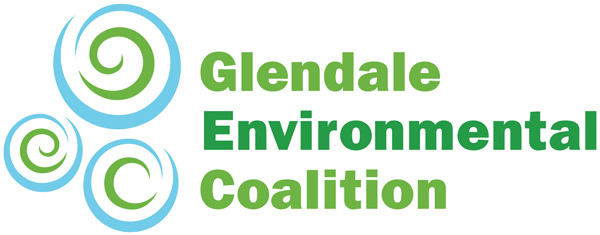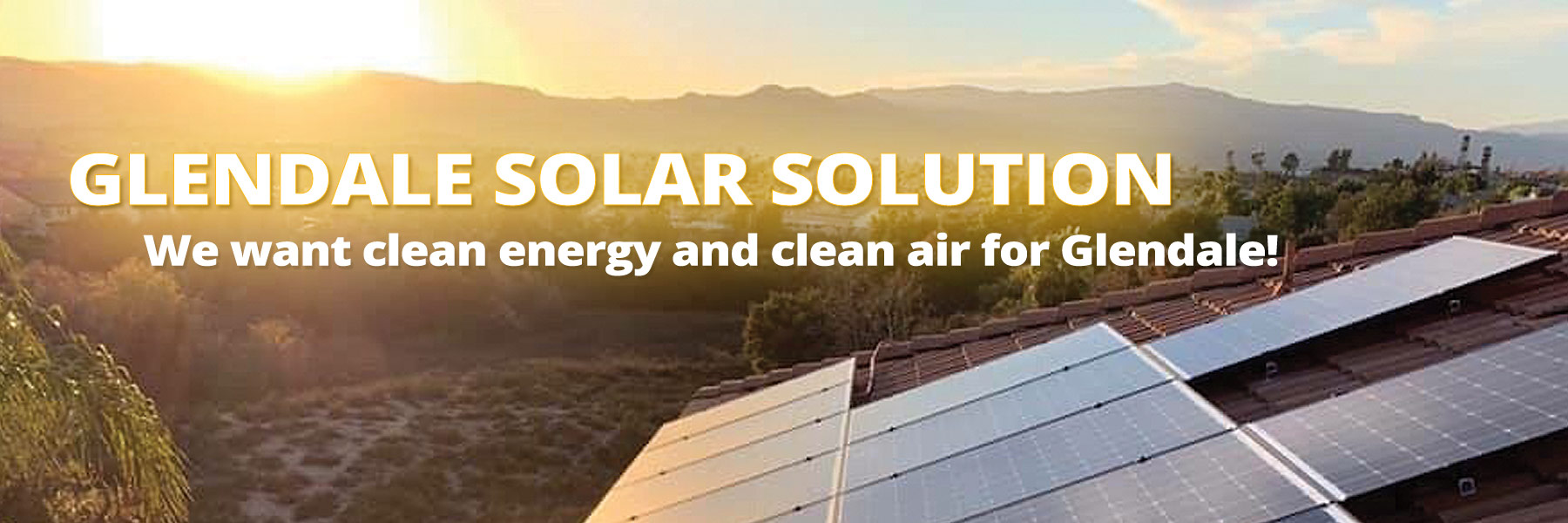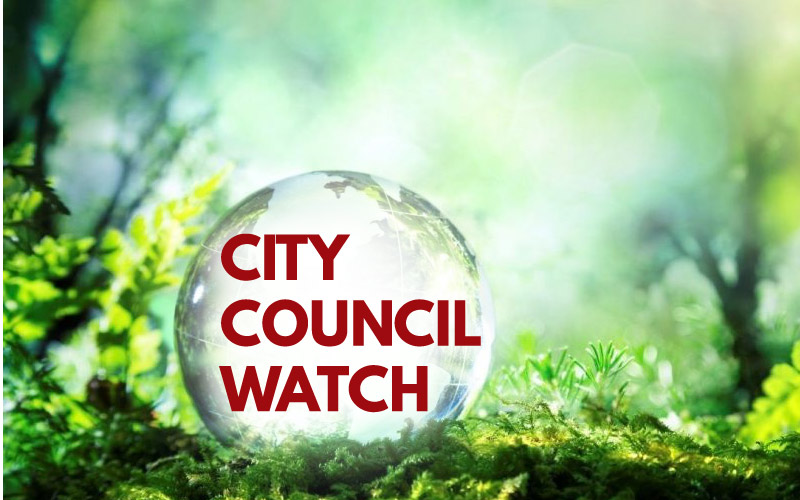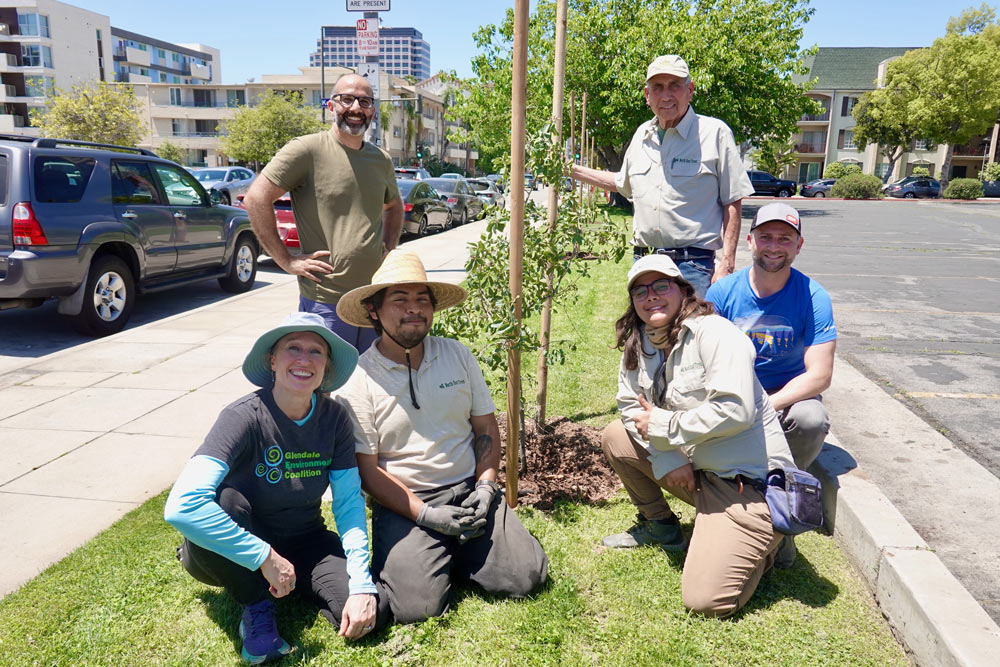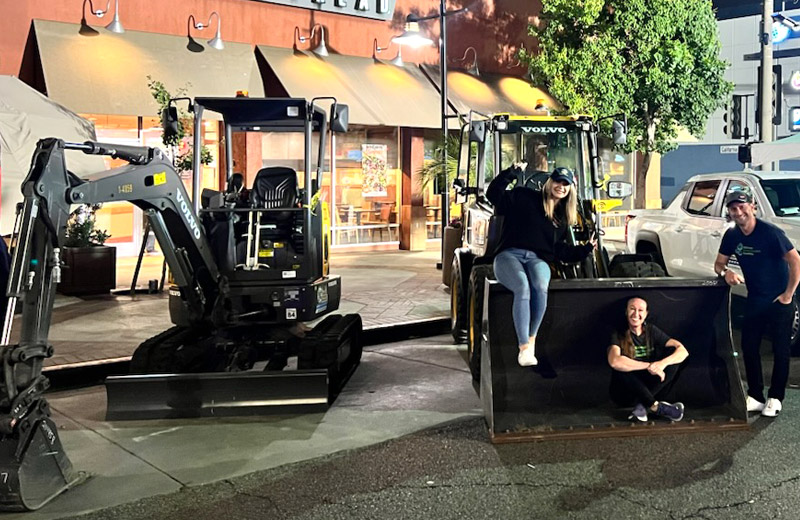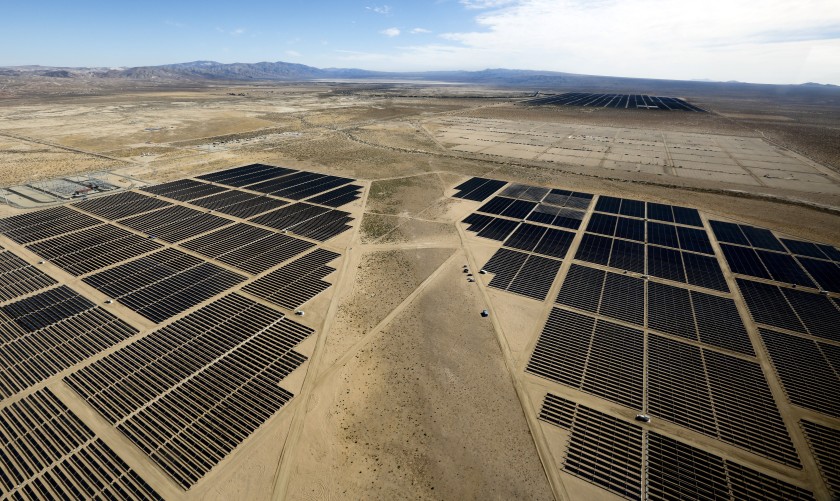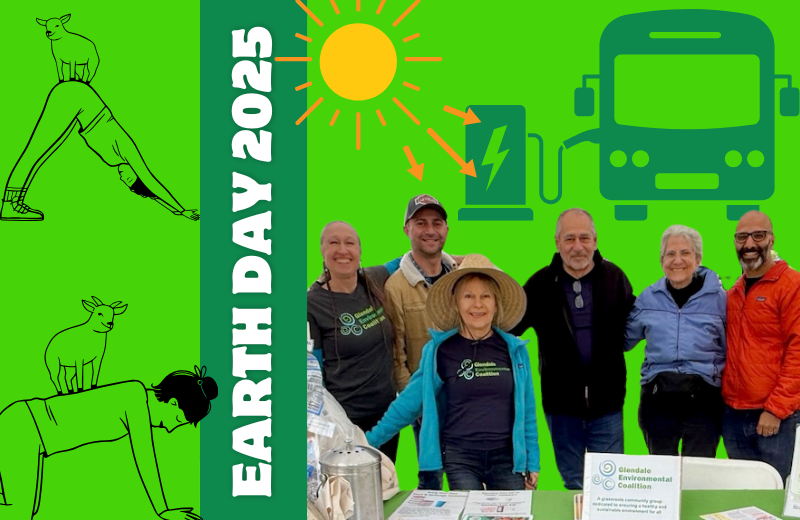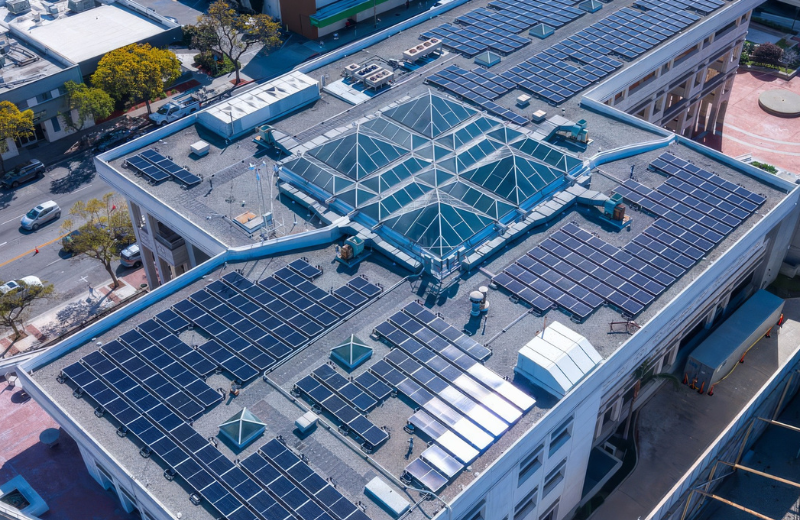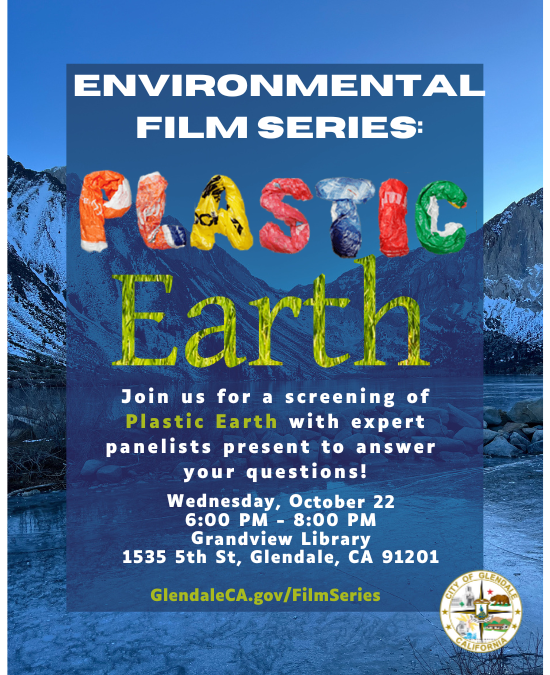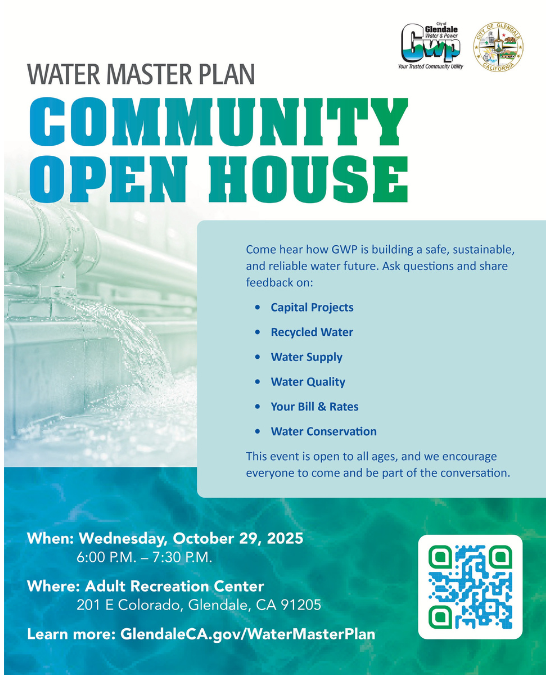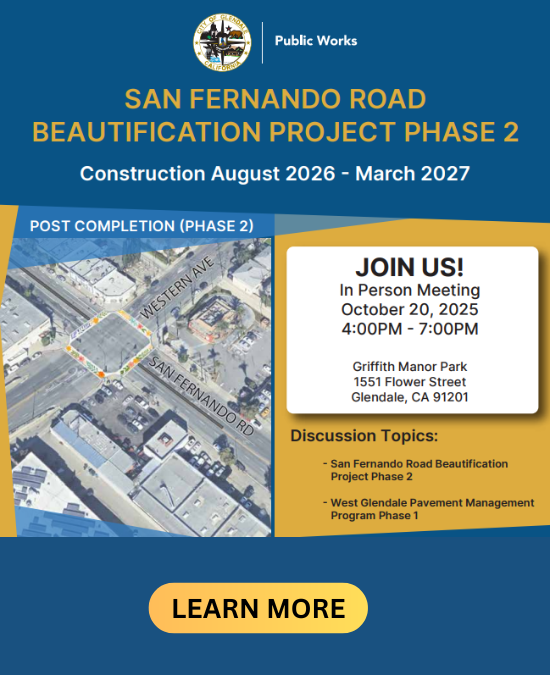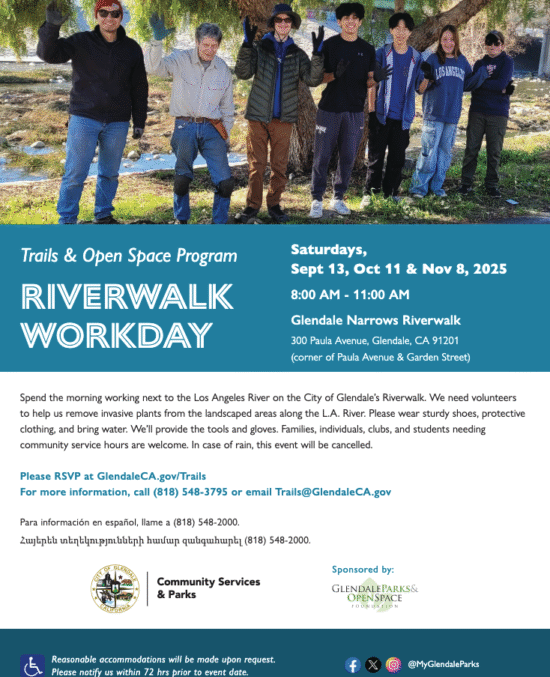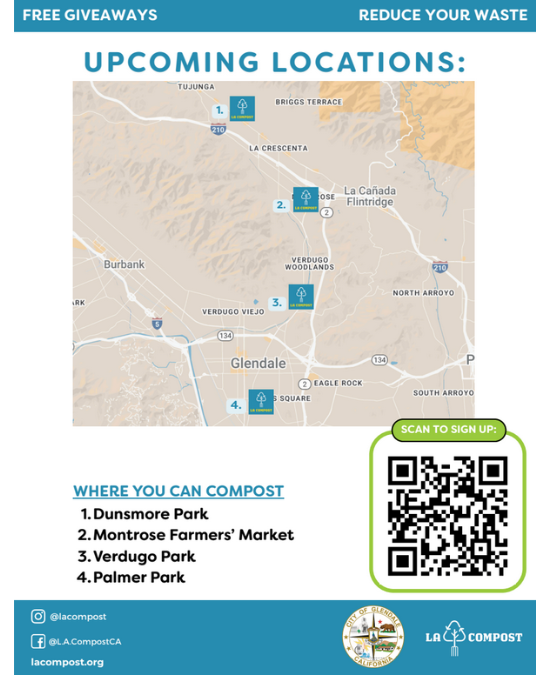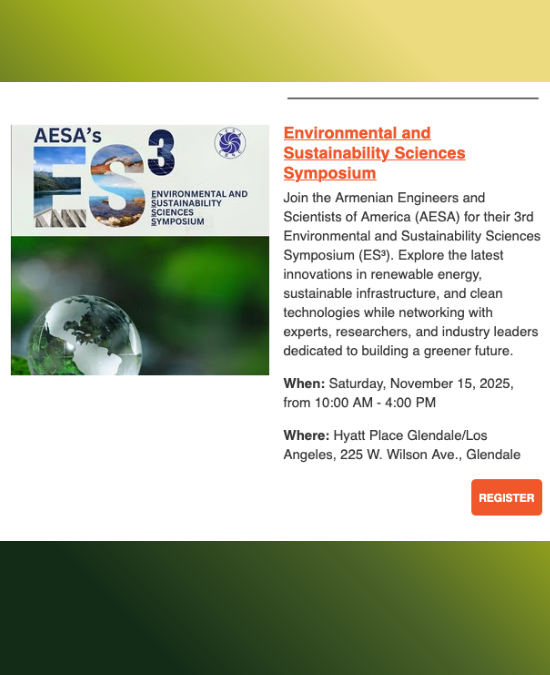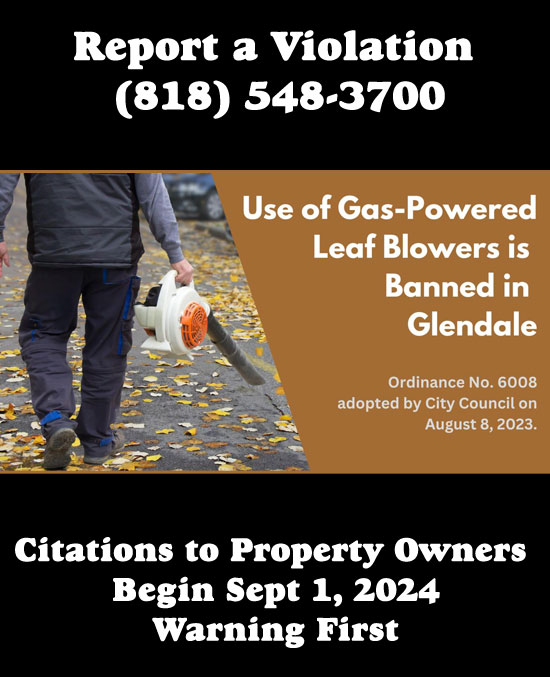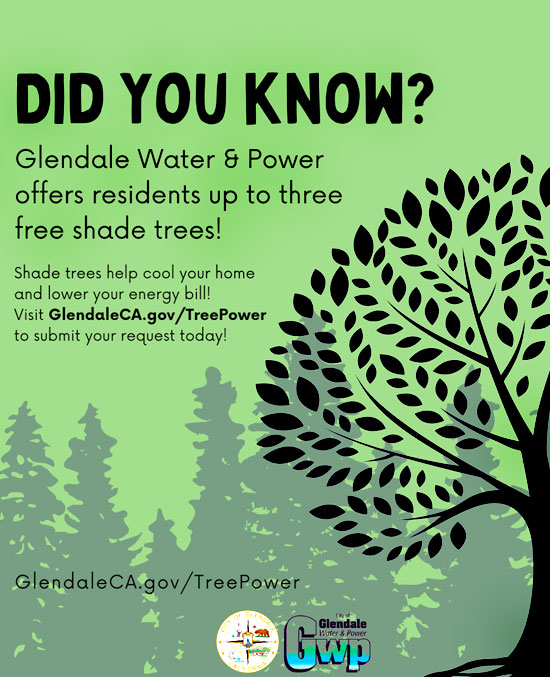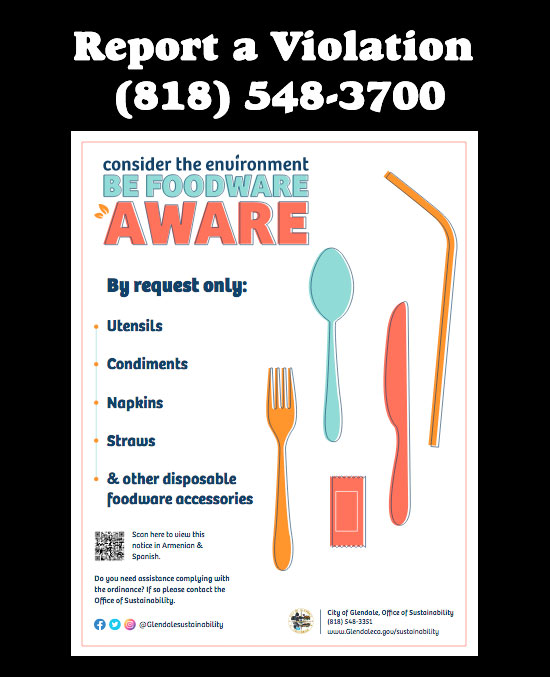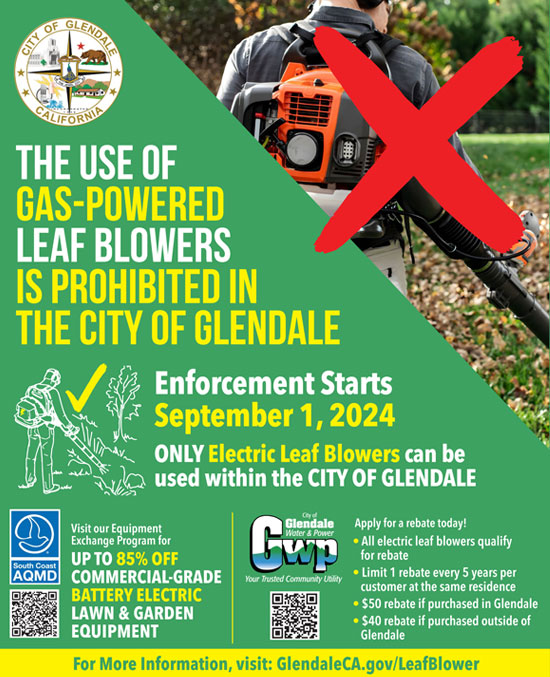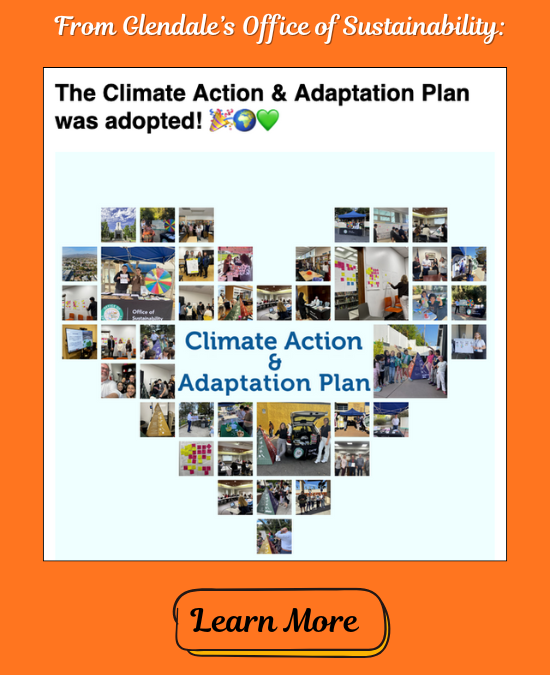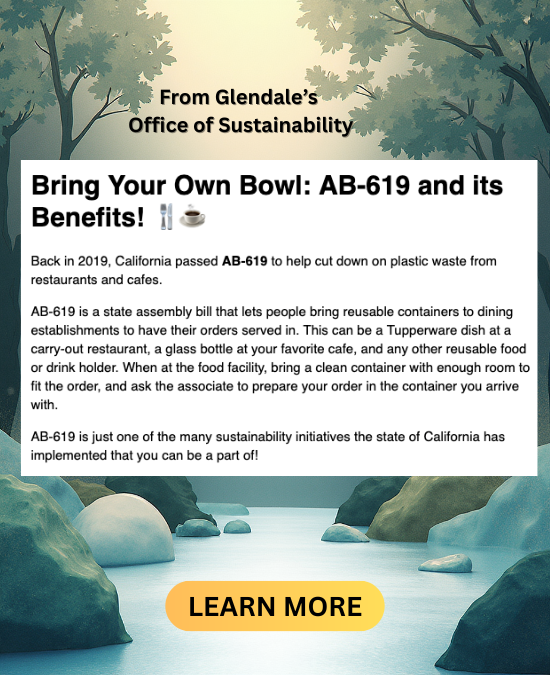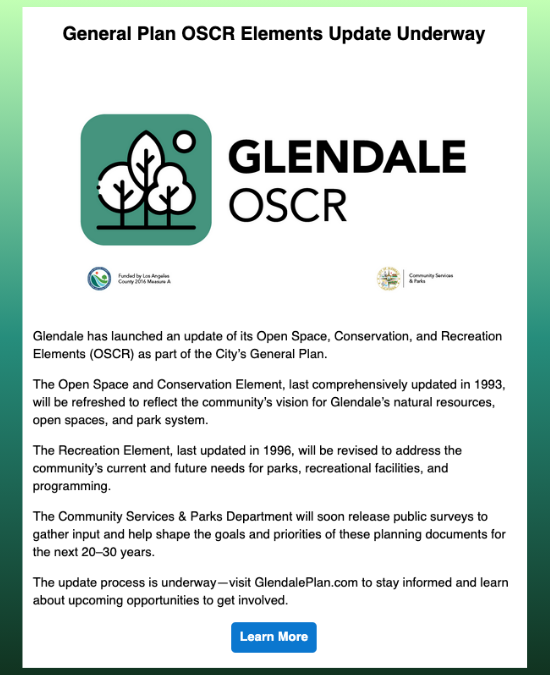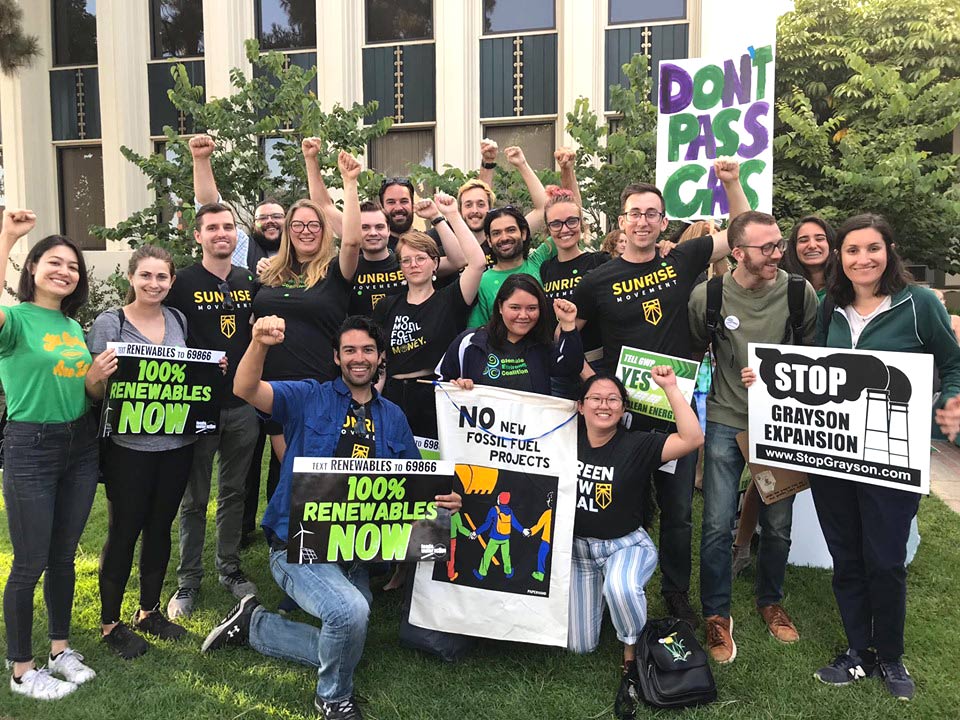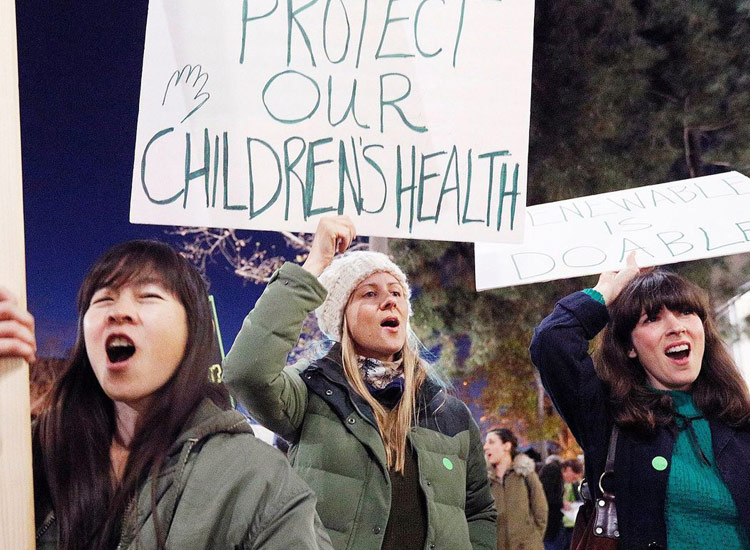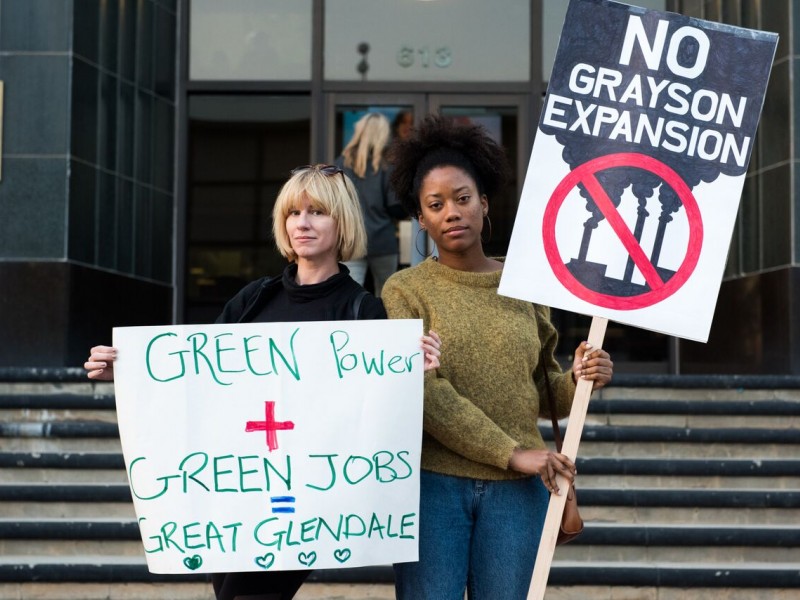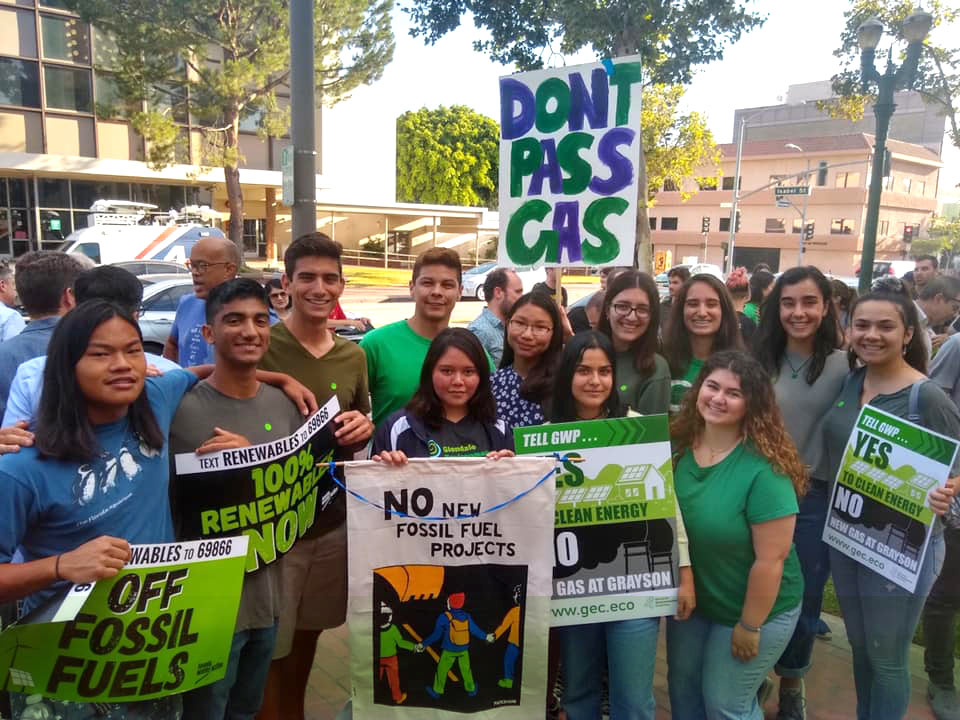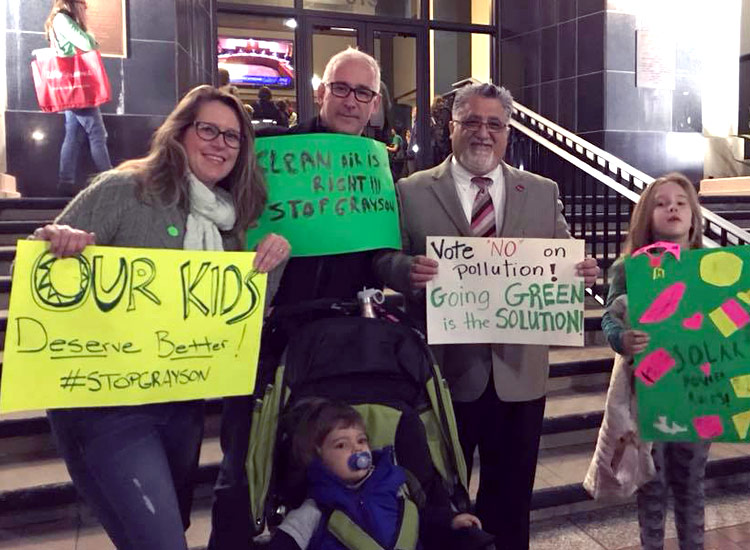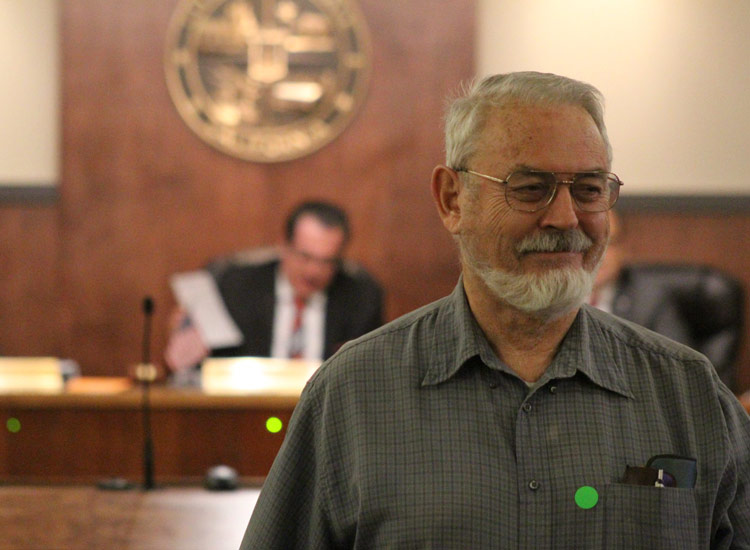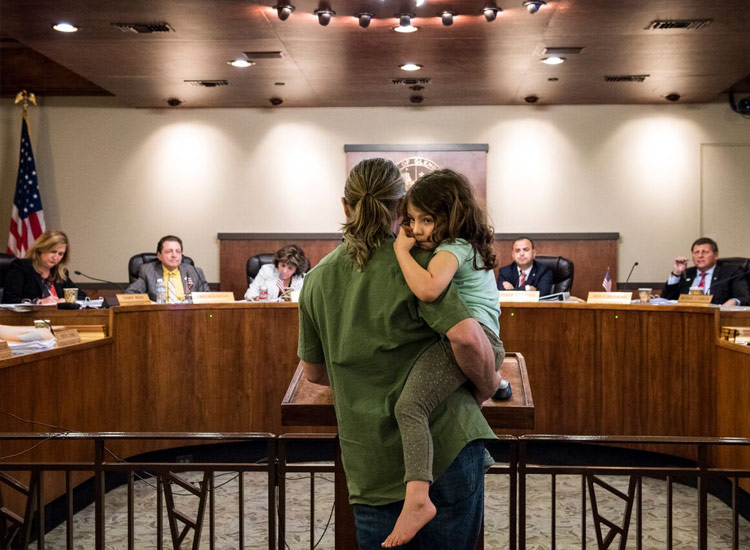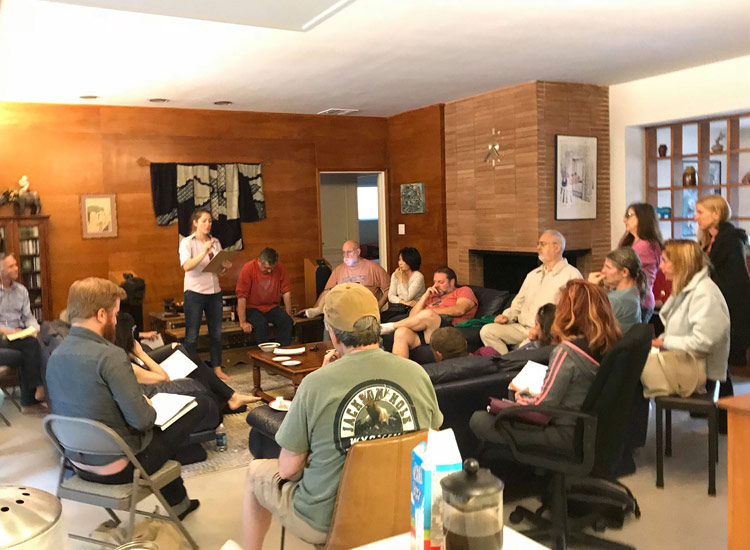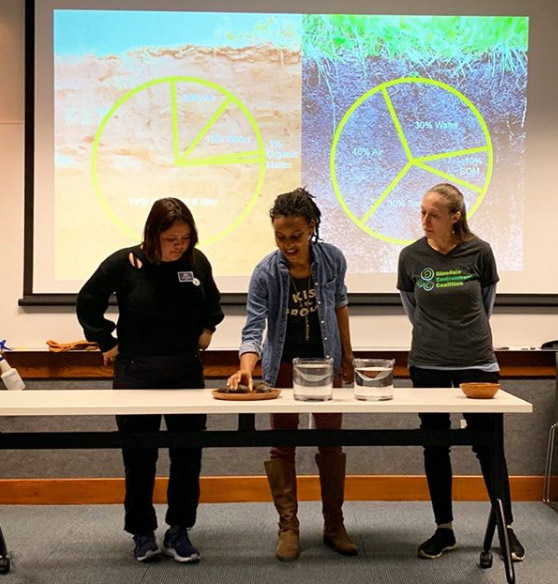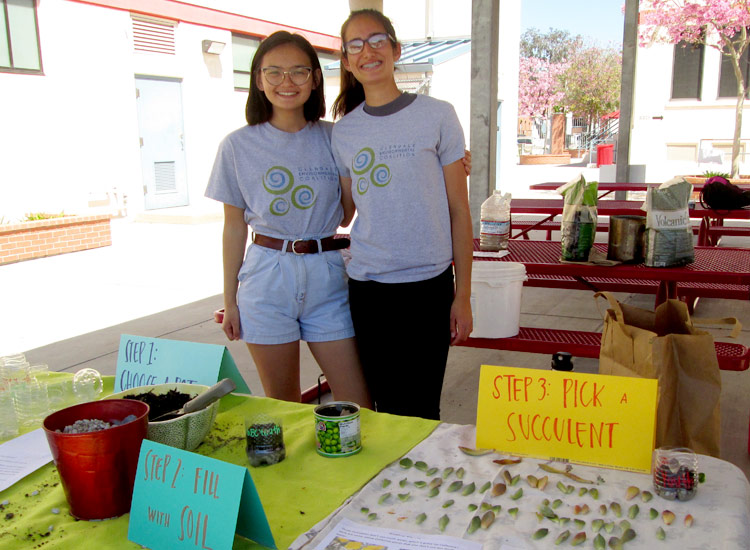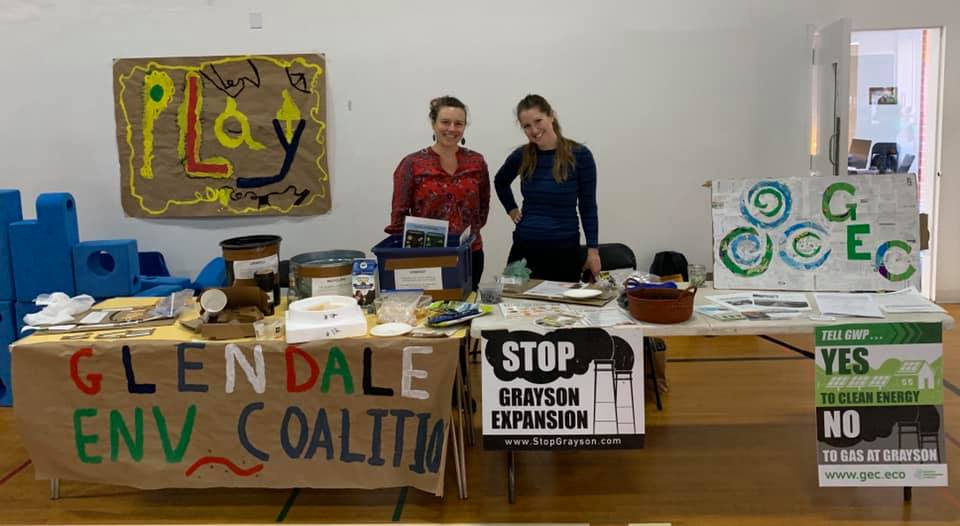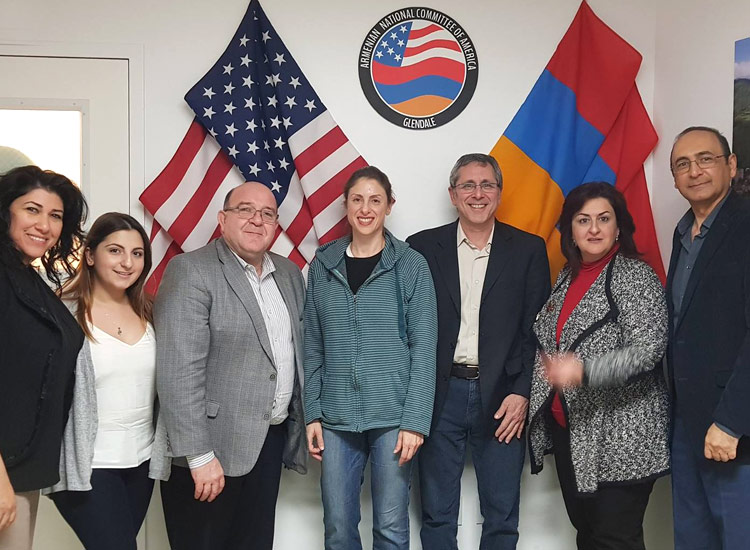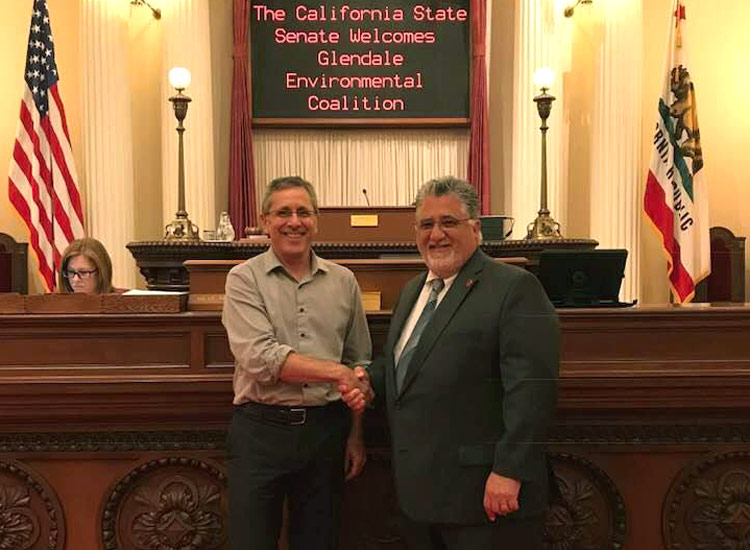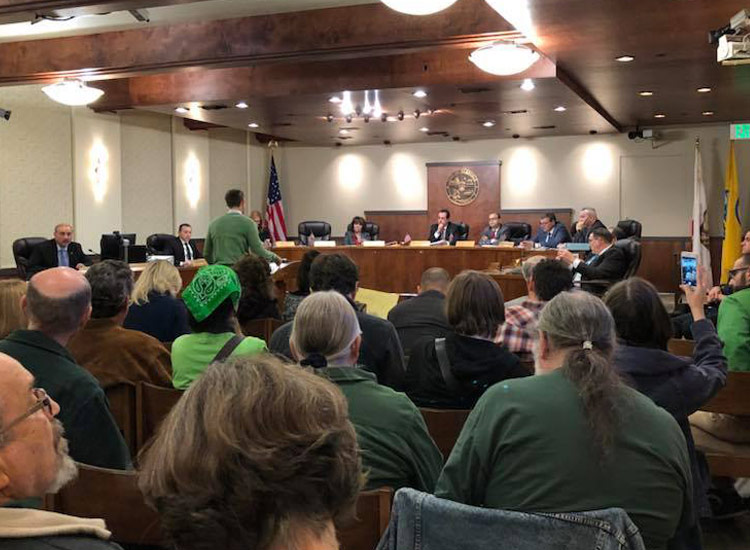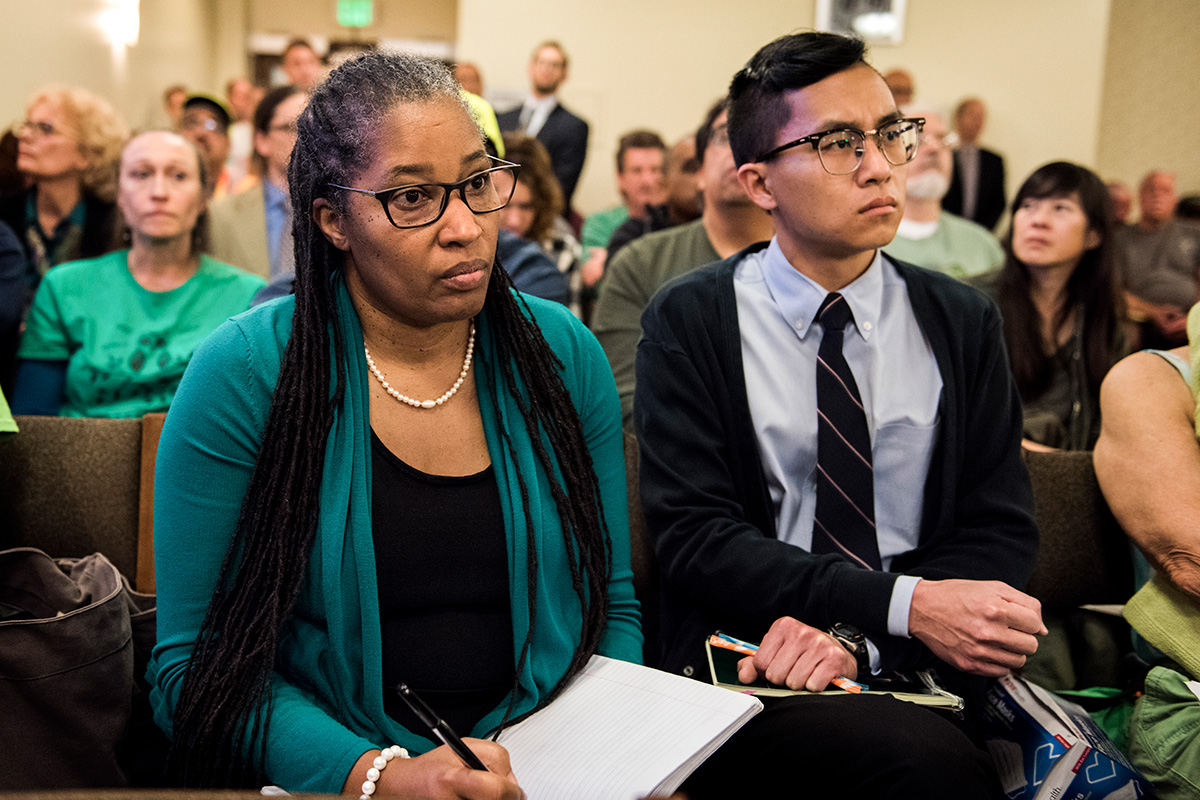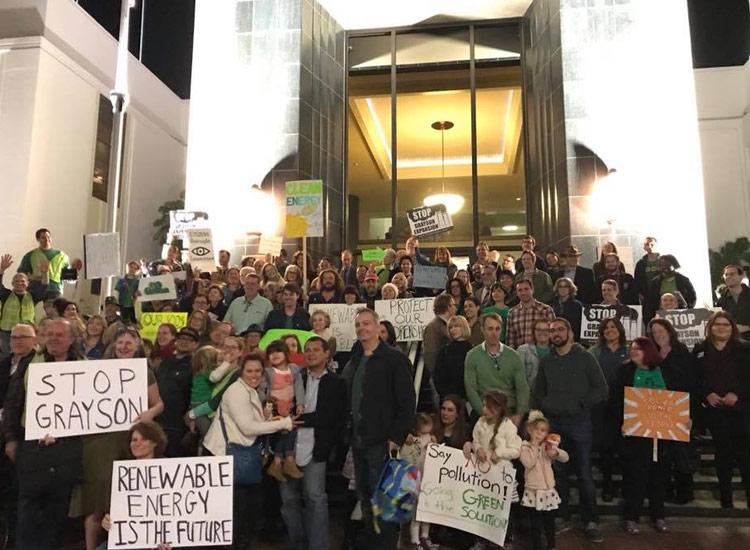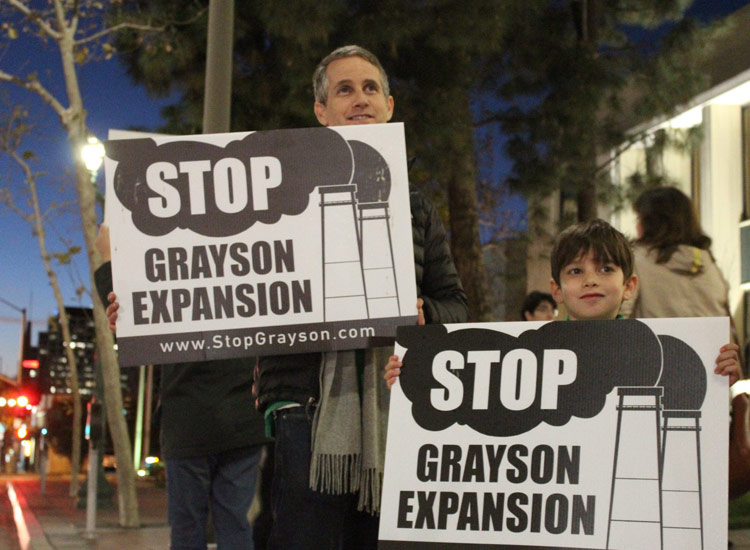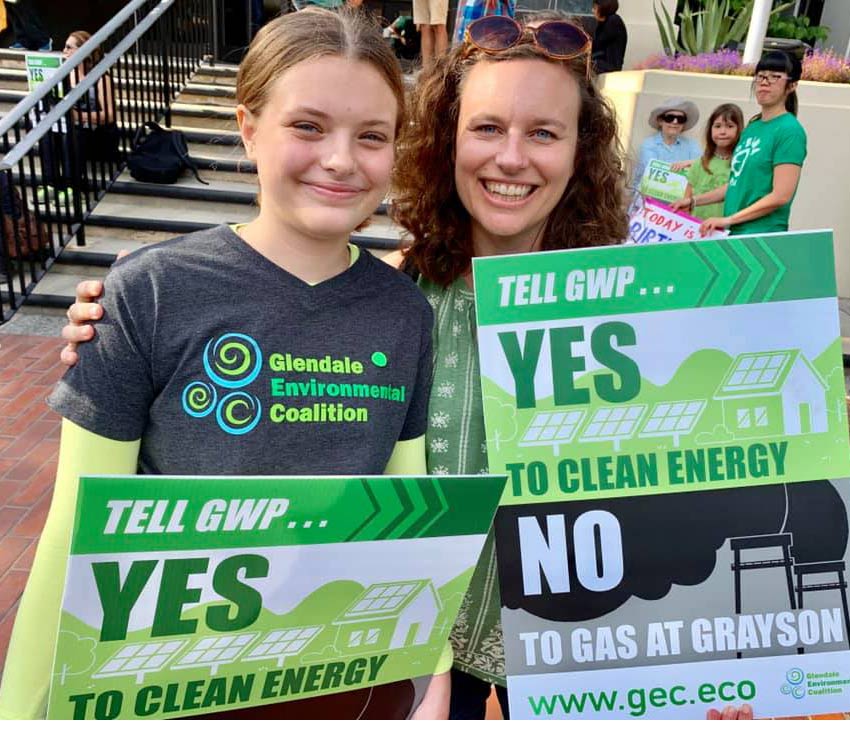Latest City of Glendale Events & News
Click Image for More Info
Be Part of the Solution!
_______
Programs & Pathways
Ways to Get Involved
_______
GEC is a grassroots COMMUNITY group. Join us!
GEC Facebook Feed
GEC will be submitting comments. You can also!![]()
![]() FROM CITY OF GLENDALE:
FROM CITY OF GLENDALE:![]() Community Survey Now Available
Community Survey Now Available![]() We Want to Hear from You!
We Want to Hear from You!![]()
![]() Glendale has officially launched the process to update its Open Space and Conservation and Recreation Elements—collectively known as OSCR—as part of the City’s General Plan. This is your opportunity to help shape the vision, goals, and priorities for Glendale’s parks, open spaces, and recreation programs for the next 20–30 years.
Glendale has officially launched the process to update its Open Space and Conservation and Recreation Elements—collectively known as OSCR—as part of the City’s General Plan. This is your opportunity to help shape the vision, goals, and priorities for Glendale’s parks, open spaces, and recreation programs for the next 20–30 years.![]()
![]() Visit GlendaleOSCR.com to take the survey and share your input!
Visit GlendaleOSCR.com to take the survey and share your input!![]()
![]() www.glendaleoscr.com
www.glendaleoscr.com
Glendale OSCR – Part of the Glendale General Plan
www.glendaleoscr.com
We need your help to create a roadmap for the future of our parks, recreation facilities, and open spaces. Share your thoughts with us by responding to this survey.
Join the Glendale Environmental Coalition for a webinar regarding AC2HP systems!![]()
![]() Details: December 8 at 7:30 PM on Zoom.
Details: December 8 at 7:30 PM on Zoom. ![]()
![]() Presentations by Michael Rochmes from USGBC California and Brett Markey from Hilo Aire, followed by a Q&A.
Presentations by Michael Rochmes from USGBC California and Brett Markey from Hilo Aire, followed by a Q&A. ![]()
![]() Learn about heat pumps, what the new ordinance requires, and available rebates.
Learn about heat pumps, what the new ordinance requires, and available rebates. ![]()
![]() More info and link to register:
More info and link to register:
GEC - AC to Heat Pump Webinar - Glendale Environmental Coalition
gec.eco
GEC & U.S. Green Building Council California are hosting a free webinar Friday Dec 8 on Zoom to help educate residents on Glendale, California's newly-passed Air Conditioning to Heat Pump (AC2HP) ordi...
City Council Recap – November 18, 2025![]()
![]() Review of 2024 GWP Power Content Label; Adoption of AC to Heat Pump (AC2HP) Ordinance...
Review of 2024 GWP Power Content Label; Adoption of AC to Heat Pump (AC2HP) Ordinance...![]()
![]()
City Council Recap - November 18, 2025 - Glendale Environmental Coalition
gec.eco
Eco-Related items on the Glendale City Council agenda.